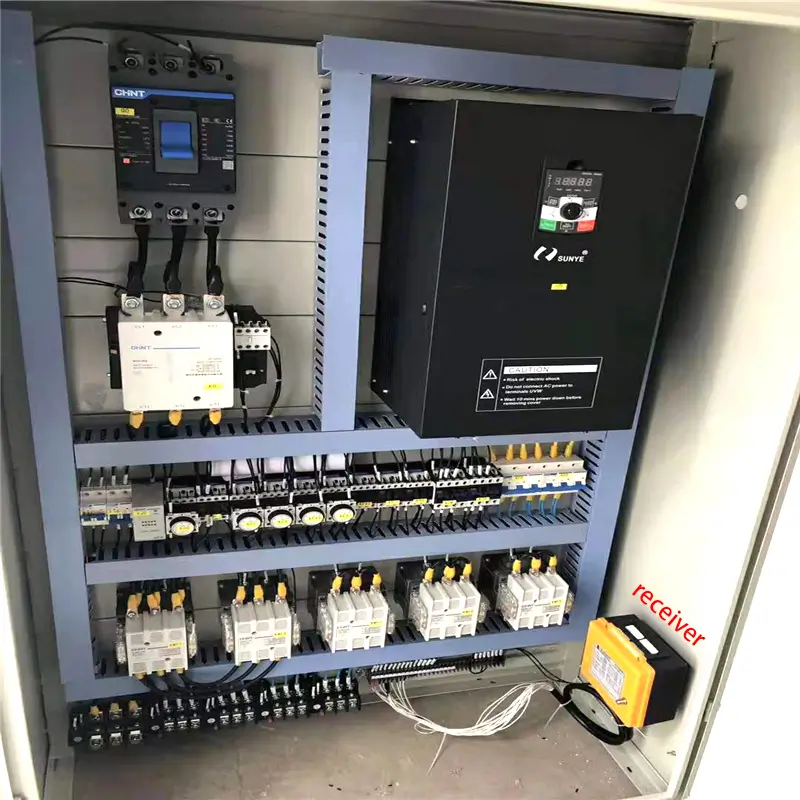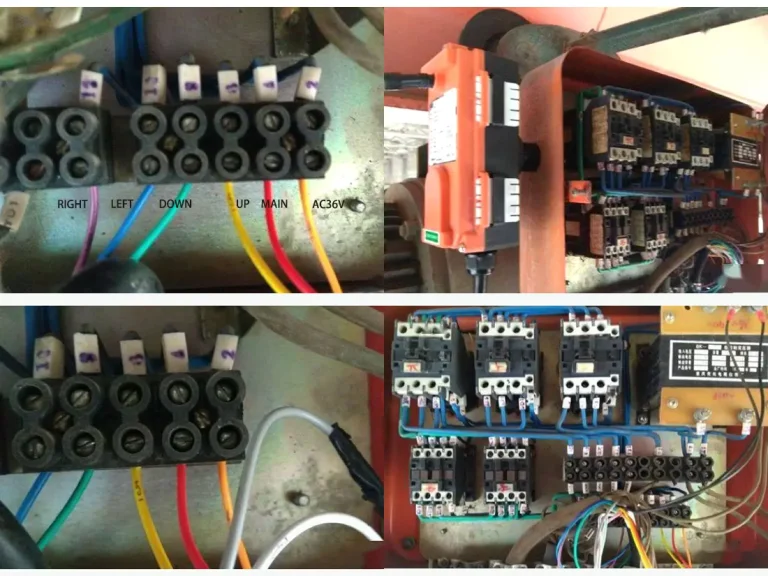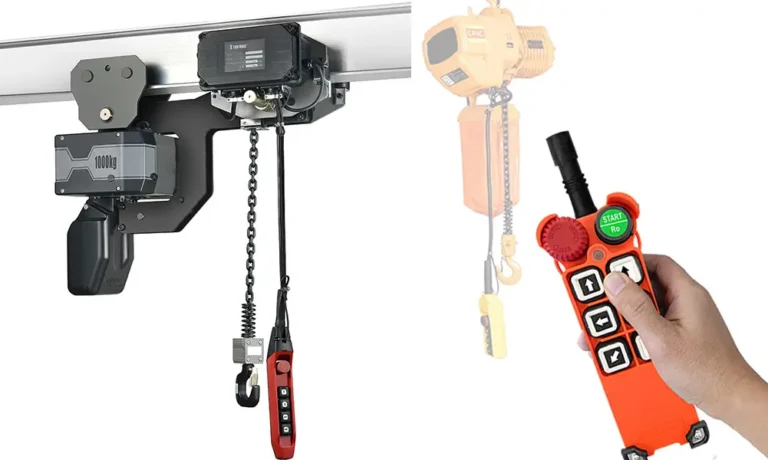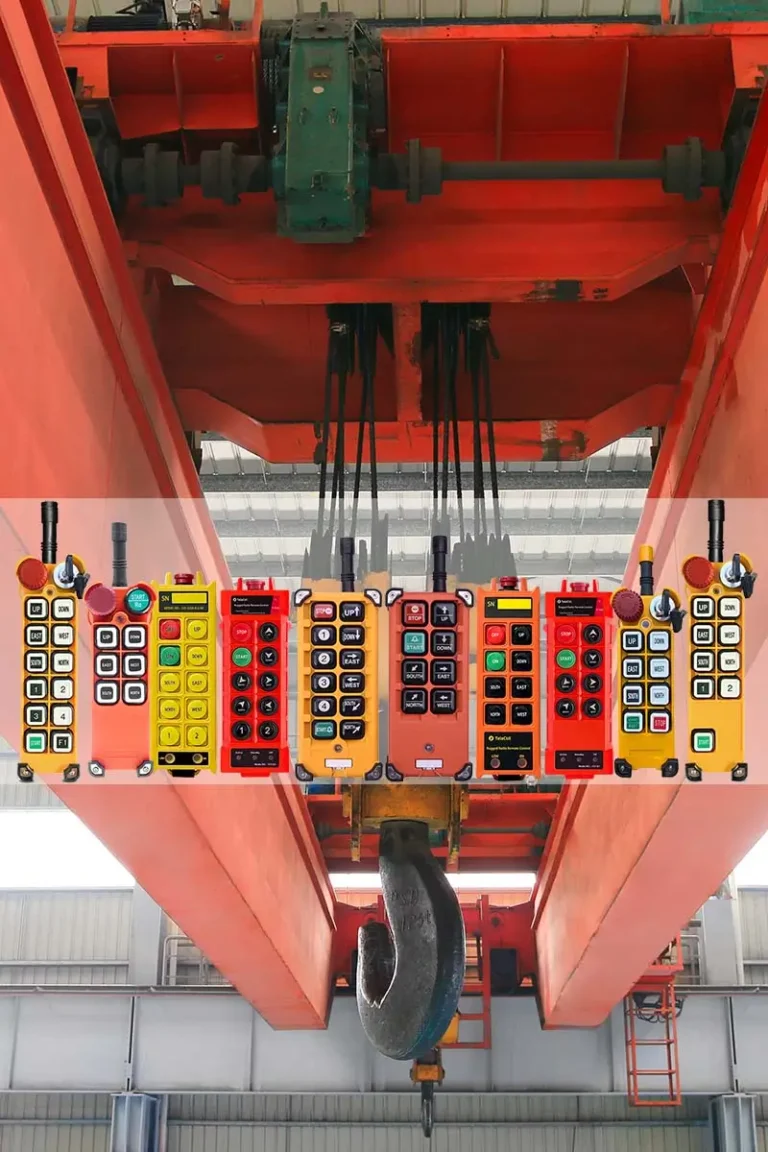Learn about the working principles, features, functions, typical applications, and supplier selection guide for radio remote controls.
- Definition of Radio Remote Control:
- What is the Difference Between Radio Remote Controls and Infrared Remote Controls?
- What are Radio Waves?
- How Does a Radio Remote Control Work?
- What are the Advantages of Radio Remote Controls?
- What Functions Can a Radio Remote Control Perform?
- One of the Main Applications of Radio Remote Controls – Crane Remote Controls
- Recommended Radio Remote Control Manufacturers
Definition of Radio Remote Control:
We are all familiar with remote controls, which we use to control household appliances. Most household remotes are infrared (IR) remotes, which are convenient but have many limitations. In industrial and other high-demand fields, we use radio frequency (RF) technology to replace infrared with radio waves to control machines and equipment. These special remotes are called radio remote controls or RF remotes.
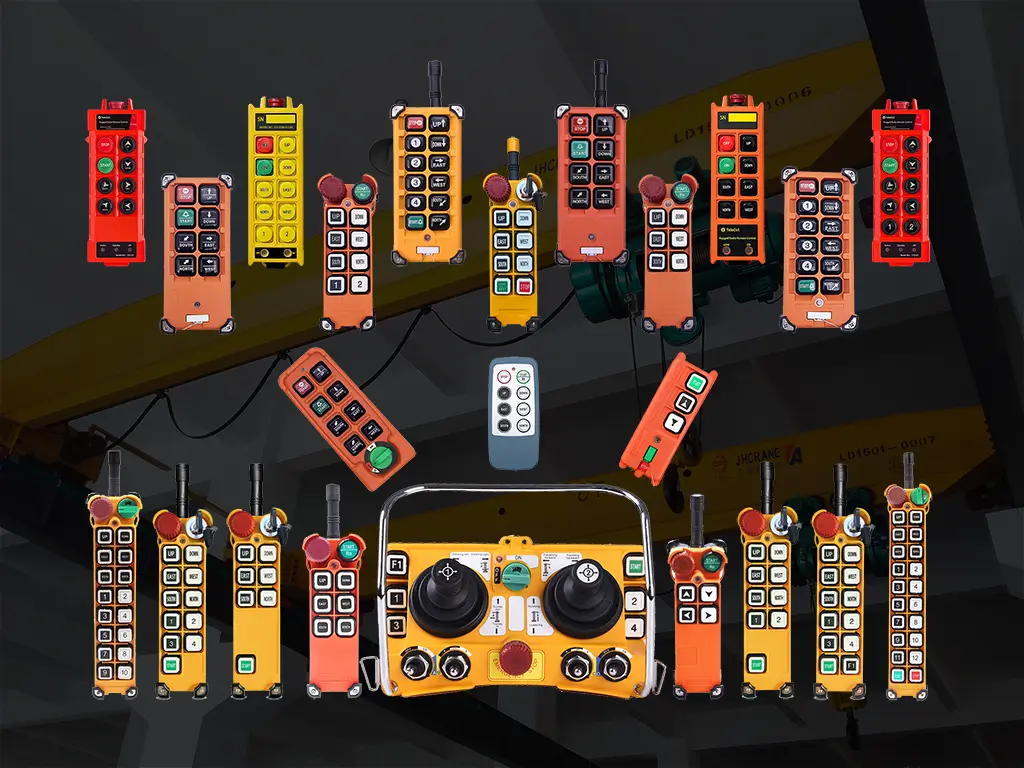
What is the Difference Between Radio Remote Controls and Infrared Remote Controls?
| Comparison Factors | Radio Remote Control | Infrared Remote Control |
| Working Principle | Uses radio waves for communication. | Uses infrared light (a type of light wave) for communication. |
| Signal Transmission | Signals can penetrate walls and other obstacles and do not require a direct line of sight. | Requires line-of-sight to work and cannot penetrate light-blocking obstacles. |
| Transmission Distance | Long transmission distance, up to several kilometers. | Short transmission distance, usually only a few meters. |
| Applicable Range | Mainly used for industrial equipment (such as crane remote controls). | Commonly used for household appliances (such as TVs and air conditioners). |
What are Radio Waves?
Radio waves are a type of electromagnetic wave generated by oscillating circuits and alternating current. They can be transmitted and received through antennas, making them useful for communication. This communication technology is known as radio frequency (RF) communication.
Depending on the frequency of radio waves, they are categorized into low frequency, medium frequency, high frequency, and very high frequency, each with different applications. The frequencies used for remote controls include 433MHz, 868MHz, 315MHz, and 915MHz, depending on the regulatory restrictions of different countries.
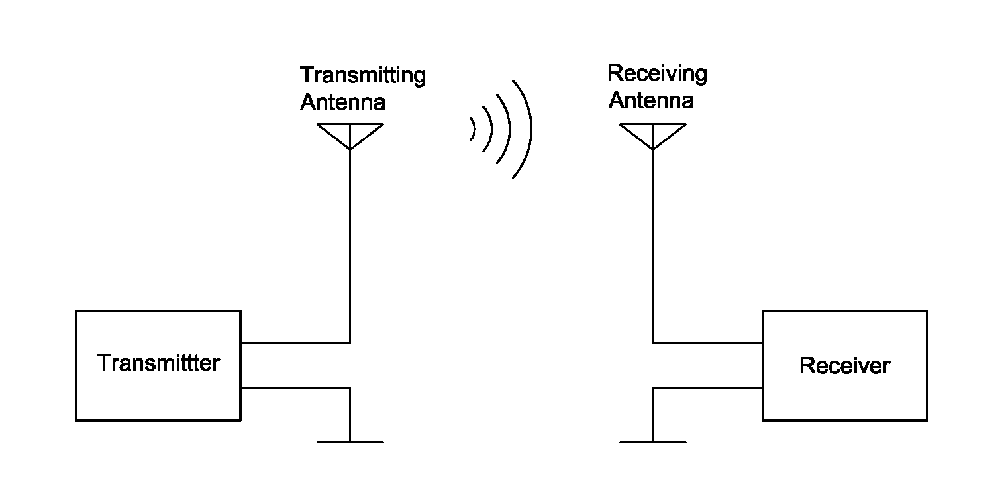
How Does a Radio Remote Control Work?
As mentioned earlier, radio waves can be transmitted and received through antennas. A radio remote control typically consists of a transmitter and a receiver. The working process involves several steps:
- Signal Encoding: When a user presses a button on the transmitter, it converts the button command into a specific encoded signal.
- Radio Wave Transmission: The encoded signal is converted into radio waves by the RF transmitter module and sent out through the transmitter antenna.
- Signal Transmission: Radio waves travel through the air, penetrating walls and other obstacles. The transmission distance depends on transmission power, receiver sensitivity, and environmental conditions.
- Signal Reception: The receiver antenna picks up the radio wave signal and converts it into an electrical signal.
- Signal Decoding: The receiver decodes the electrical signal to extract the control command.
- Command Execution: The decoded command is sent to the device’s execution unit, such as a motor or relay, to perform the corresponding operation.
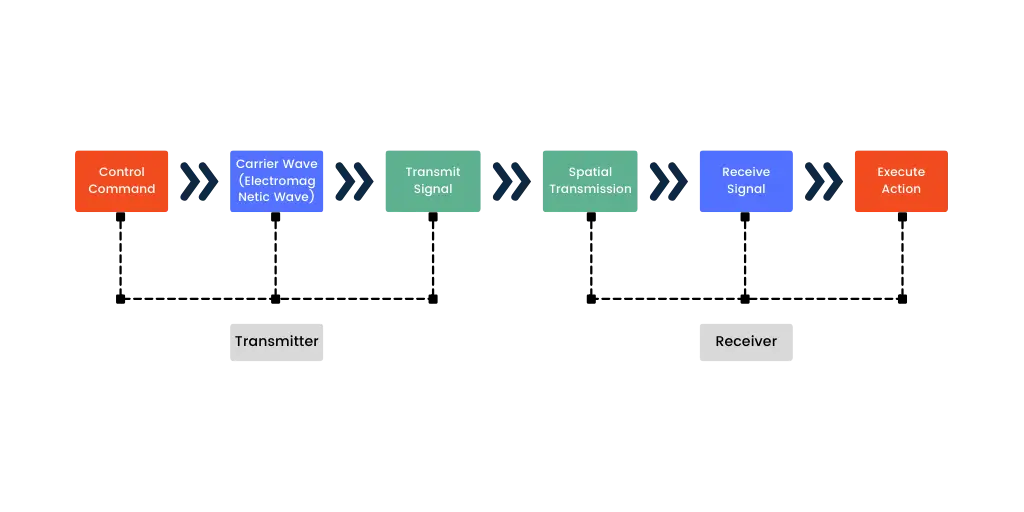
What are the Advantages of Radio Remote Controls?
- Strong Penetration: Can penetrate walls and other obstacles.
- Long Transmission Distance: Can reach several kilometers.
- High Stability: Stable signal with good anti-interference capability.
- Non-directional: No need to aim; signal transmission does not require orientation.
What Functions Can a Radio Remote Control Perform?
The functions that a radio remote control can achieve depend on the controlled equipment. It can control motors to move devices, turn lights on and off, and manage various sensors, solenoid valves, and hydraulic devices. When combined with smart devices, it can achieve even more functions. Essentially, any buttons, switches, and joysticks integrated into a device can be replaced with wireless controls, making its industrial applications very broad.
One of the Main Applications of Radio Remote Controls – Crane Remote Controls
The application of industrial radio remote controls is very wide. One of the most common applications is in various lifting and hoisting equipment. Its installation or modification is simple, so it has basically replaced traditional wired controllers.
For more information:
Click “Industrial Radio Remote Control” for more product and configuration details.
Click “Industrial Remote Control For Crane And Hoist” to learn about the most typical application – crane remote controls.
Click “Comprehensive Guide to Installing and Wiring Industrial Radio Remote Controls” to learn about the installation and configuration methods of radio remote controls.
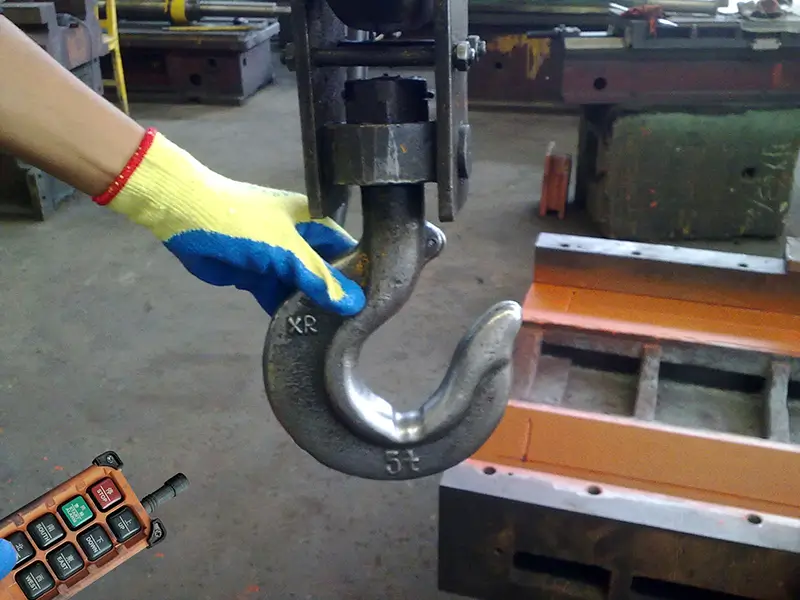
Recommended Radio Remote Control Manufacturers
There are many suppliers of radio remote controls. If you are a user and only need to purchase a small quantity, we recommend contacting a local distributor. They can often be found in large hardware markets, providing more convenient technical support and services. If you are a trader, “TeleCtrl Industrial Remote Control” from China is one of your best choices. TeleCtrl specializes in manufacturing and OEM services for industrial remote control products for many global companies, offering excellent supply chain integration, quality control, and after-sales service to give you a competitive advantage in quality and price.

